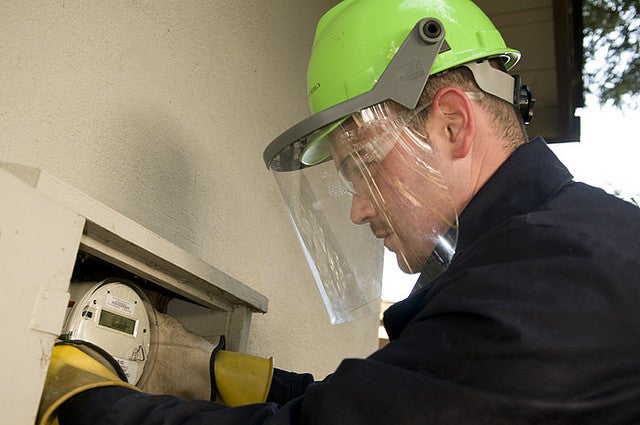A new utility business model – “Utility 2.0” or “reform” – is the hot topic in statehouses and regulatory commissions across the country. This is due to many factors: technological innovations in the energy sector, changing consumer expectations, increasing electricity prices, tighter regulations, and the need to decarbonize our energy sector as we grapple with climate change.
Some argue utility earnings should be based on performance rather than volumetric electricity sales. They suggest utilities’ monopoly interests should be aligned with enabling clean energy services – such as on-site renewable energy and home energy management – instead of simply delivering more electricity.
Key to this new approach is the ability to define – and then measure – performance. This will require a set of metrics by which utility investments can be judged and rewarded. Illinois was the early adaptor of performance-based metrics for its historic smart meters roll-out and is finalizing a set of metrics this week that are critical to designing a utility business model for the future.
Calculating the benefits of smart meters
Two years ago Environmental Defense Fund (EDF) and Citizens Utility Board (CUB) negotiated some 20 environmental and economic metrics to judge the progress of Illinois’ largest utilities’ (ComEd and Ameren) advanced meter infrastructure. This week, EDF and CUB will ask the Illinois Commerce Commission to embrace their final metric outlining how to calculate the greenhouse gas reductions associated with the utilities’ investments in smart meters. This proposal describes how to track emission cutbacks associated with shifting energy use to different times of day (load shifting), reductions in system-wide electricity use, and reduced use of meter-reading vehicles.
The groups and utilities held workshops over the past year to identify the best approach to achieve these measures in Illinois, including strategies for better data collection. As a result, the new proposal calculates the emissions savings due to load shifting for smart meter customers (versus non-smart meter customers) on an hourly basis.
The measurement evaluates the variable carbon value of a kilowatt-hour (kWh). A kWh saved during an hour of high-carbon intensity, when power is generated from coal, is worth more (carbon-wise) than a kWh saved when our power is mostly coming from renewables and nuclear. Similarly, a reduction in peak demand that avoids the need for dirty “peaker” plants creates a system-wide environmental benefit.
The metric also calls for evaluating operational benefits, such as the reduced use of meter-reading vehicles. By being able to check a meter remotely, a utility avoids sending people to read the device, thus saving both money and gasoline.
Tracking greenhouse gases is key to “Utility 2.0”
Being able to measure the environmental benefits of clean energy investments like smart meters is critical to designing a utility business model for the 21st century. It will incent utilities to make similar investments as they search for new ways to meet state and federal environmental regulations, like the Clean Power Plan. And as technologically savvy customers continue to demand greater control and oversight over their electricity use, sharing this data with customers will improve the value of utility-customer relationships.
While entrepreneurs continue to bring innovation to electricity markets in the form of smart appliances, electric vehicles, and affordable, on-site renewable energy generation, utility managers of the grid need new business models that reward performance and efficiency, at least in the short term. Such models, however, depend upon metrics that can identify and measure performance goals that matter.










